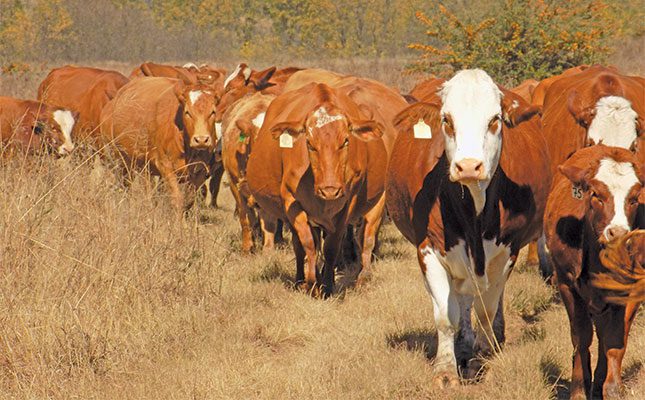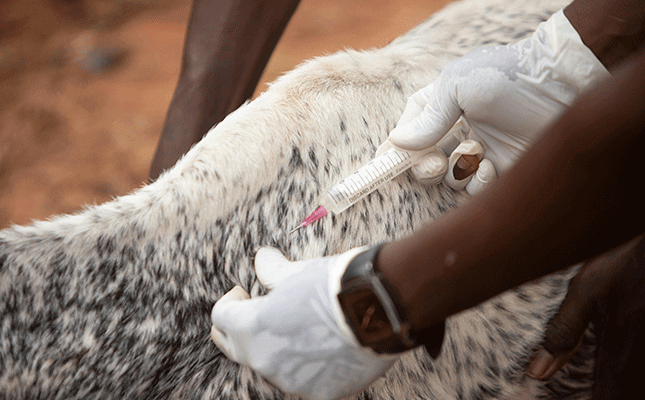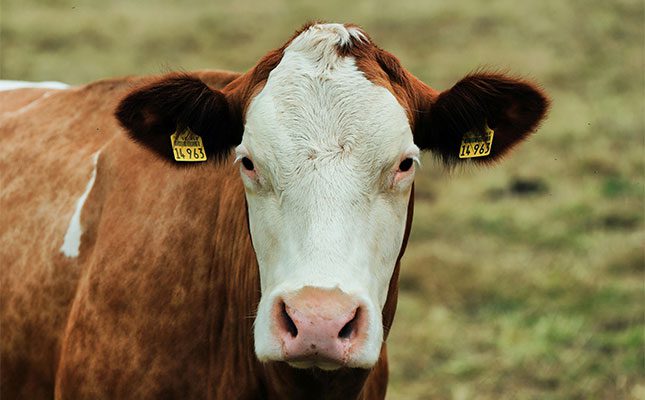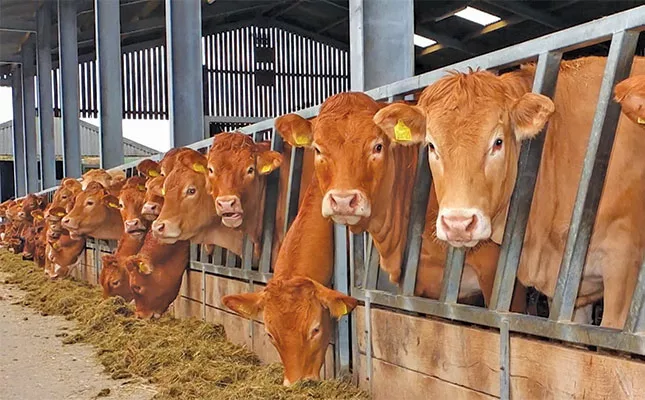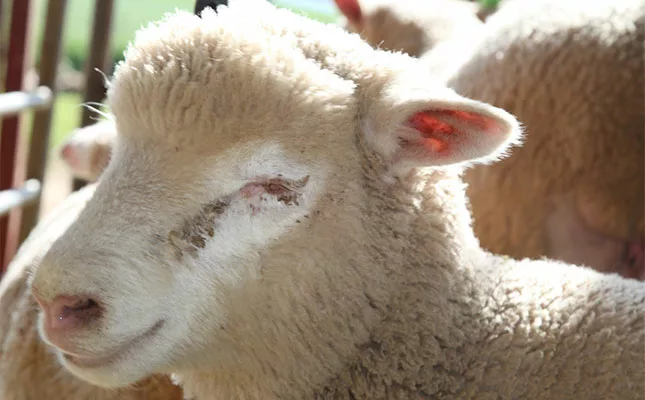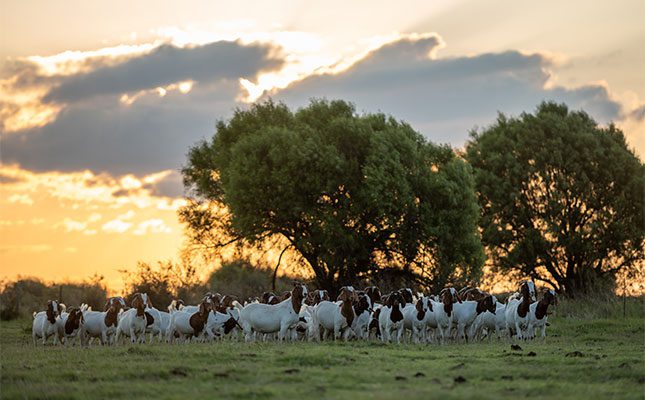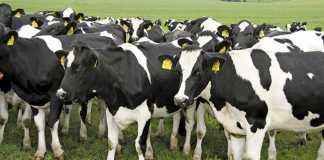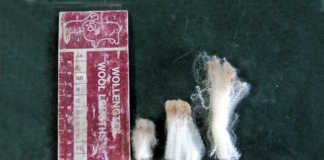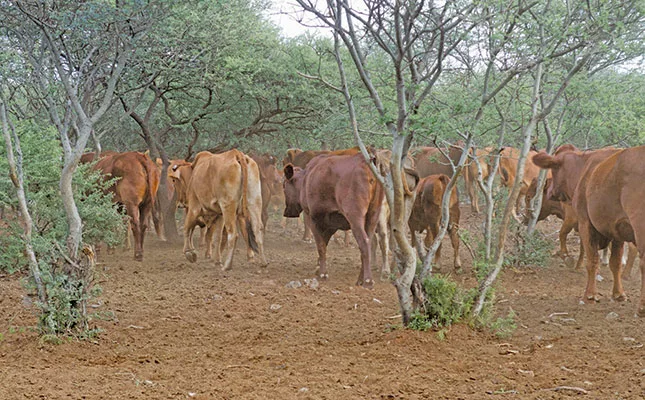
Biosecurity is front and centre when it comes to disease control.
“Twenty percent of losses in livestock farming are related to disease, yet there are some diseases that are easily preventable with little effort.
“For people who rely on livestock for income, which is applicable to most poor countries, 20% has a significant economic impact on communities. That’s why we must emphasise the importance of basic biosecurity protocols, especially to emerging and smallholder farmers,” says Maboe.
He adds that biosecurity is the most effective and affordable way to prevent, control, and contain the spread of infectious animal diseases.
“Good biosecurity protocols will ensure that animals susceptible to disease are protected. For example, keeping new animals in isolation for a sufficient time before mixing them with the rest of the herd makes it easier to curb the spread of disease if symptoms develop during that period,” he explains.
Maboe’s tips for small-scale farmers with limited budgets
- Avoid introducing new animals into your herd.
- If you do buy in animals, buy from reputable breeders. Even from reputable breeders, normalise keeping new animals separate for a while before introducing them to your existing herd.
- Minimise the movement of animals and people that have contact with animals.
- Clean and disinfect any tools used on animals, as well as vehicles, especially those used to transport animals.
- Prevent diseases that can be avoided through vaccination and dipping, and always ensure adequate nutrition, especially during periods of heightened risk.
- Use prevention tools correctly by understanding the principles behind each intervention to ensure compliance and favourable outcomes.
Communal herds
Maboe says that even though animals in communal herds come from different kraals and belong to different owners, they share grazing and water sources, so they should be considered as one herd.
“It is imperative that farmers who share resources implement a shared health programme. For example, communal animals achieve herd immunity to a disease when more than 70% of the animals in a community are vaccinated [in the case of a vaccine-preventable disease], not necessarily when 100% of one owner’s kraal in a village is vaccinated,” he explains.
“It makes sense for communal grazers to vaccinate for diseases at the same time of year. Combining efforts and resources often helps lower individual costs, too. For example, if a 100-dose vaccine can be shared proportionally by owners, it becomes more affordable, and wastage of unused vaccines is avoided. It also helps with vaccination compliance, especially where booster vaccinations are often required.”
He says animal control is also vital.
“During droughts or when limited resources are available, animals will move further away from the kraal in search of it, and these animals will probably be more susceptible to disease [because of a lack of proper nutrition], leading to a greater risk of exposure,” he says.
“Villages that have an option to fence off communal grazing to minimise contact with other animals from neighbouring communal areas will help to strengthen biosecurity.”
It is also crucial to help smallholder farmers comply with animal identification legislation, as communal farmers’ animals are more vulnerable to theft.
“Unbranded animals are more likely to be stolen and moved than branded ones,” Maboe adds.
He says that even when the stolen animals are returned, farmers need to worry about the increased risk of disease exposure while the animals were gone.
Communal farmers should be empowered by training that will help them identify animals that are not well, and they need to be able to stay in contact with local veterinarians or animal health technicians so that diseases can be reported.
Maboe is of the opinion that even though other means of disease enablement are possible, the biggest culprits are animal owners themselves, whether they know it or not.
“Transportation of sick animals enables diseases to spread to other provinces faster. A disease transmitted by insects can only spread as far as the infected vector can crawl or fly. That is, until these animals are transported. Thus, farmers have the responsibility to only transport healthy animals.”
He adds that fencing is also an important physical barrier that goes a long way towards preventing the spreading of disease, “and it can be done cost-effectively”.
For more information email Sello Maboe at [email protected].

